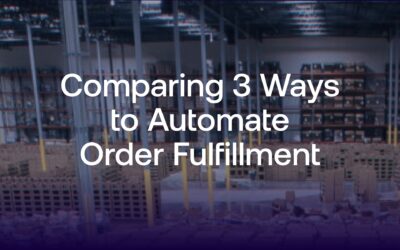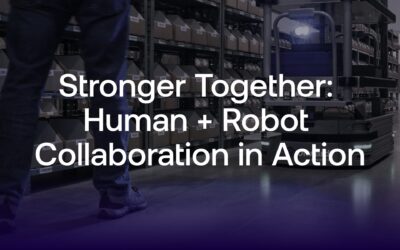Boosting Order Picking Efficiency in Healthcare Warehousing with Person-to-Goods AMRs
Efficient, accurate, and reliable: Why healthcare fulfillment centers are embracing autonomous mobile robots
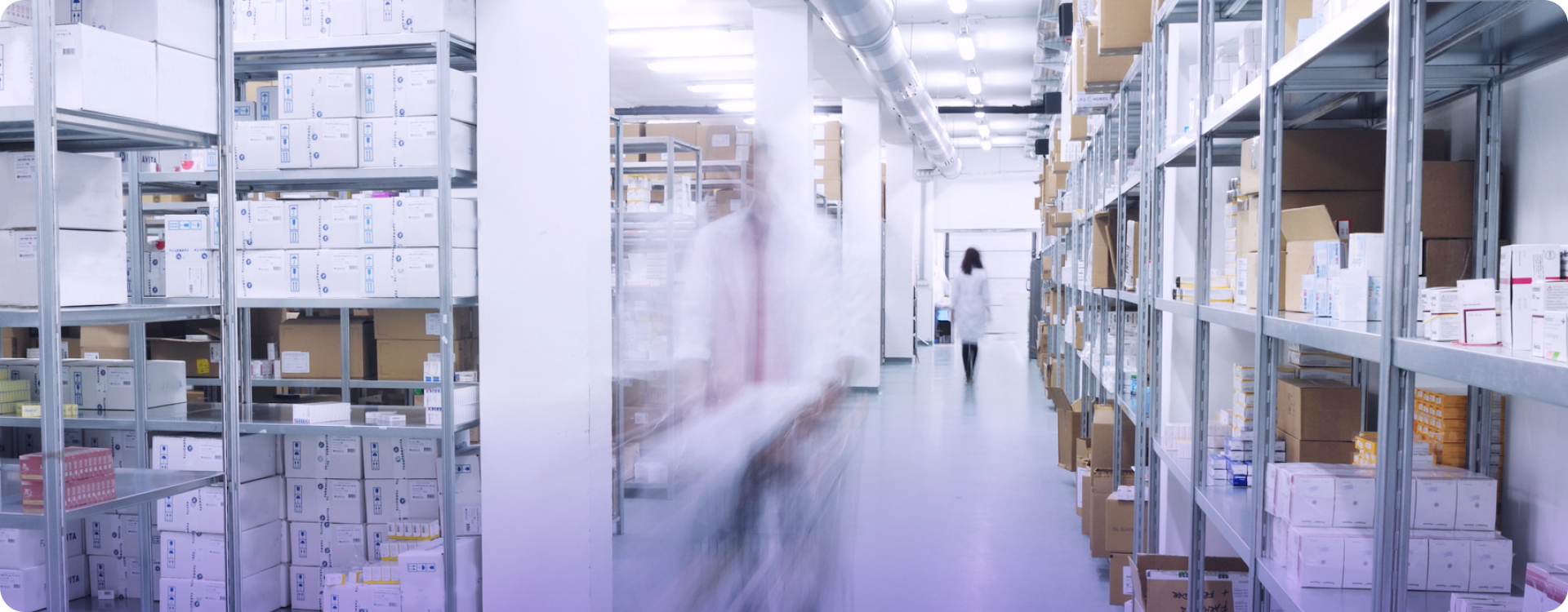
May 1, 2025
In warehousing and distribution industries where speed, accuracy, and reliability are non-negotiable, like healthcare and medical devices, fulfillment teams face growing pressure to deliver critical products quickly and without error. From hospital supply chains to direct-to-consumer medical deliveries, success hinges on how efficiently and accurately operations can move goods. Delays and mistakes in this industry don’t just affect the bottom line; they can impact patient outcomes.
As demand grows and timelines shrink, fulfillment operations are urgently seeking ways to boost throughput, reduce errors, and maintain consistency—without compromising day-to-day productivity. While fully automated systems like ASRS are adopted by some facilities, most operations don’t have the time or flexibility for massive infrastructure overhauls.
That’s where person-to-goods autonomous mobile robots (AMRs) for automated order fulfillment come in. Purpose-built to work alongside human pickers, these systems optimize picking workflows and turn unproductive time into productive output—unlocking new levels of efficiency without disrupting existing operations.
The Urgency of Accuracy in Medical Fulfillment
In the healthcare and medical device industries, accuracy isn’t just about operational efficiency—it’s about patient safety. Items picked and packed incorrectly can delay surgeries, disrupt hospital operations, or prevent patients from receiving essential at-home care. The pressure to reduce picking errors while speeding up fulfillment is higher than in nearly any other industry.

At the same time, healthcare and medical device facilities often handle bulky, heavy, or irregularly shaped items. From glucose monitors to knee braces, many of the items moved through these warehouses don’t fit easily into standardized bins or conveyors. This presents a challenge for traditional automation systems that are built for smaller, more uniform goods.
How Person-to-Goods AMRs Drive Efficiency
Person-to-goods AMRs support human workers by handling the most time-consuming and error-prone parts of the picking process. Rather than walking back and forth across a warehouse or supply room, workers can stay in high-productivity zones while AMRs handle transport, sequencing, and communication between tasks. This reduces wasted time and increases overall throughput.
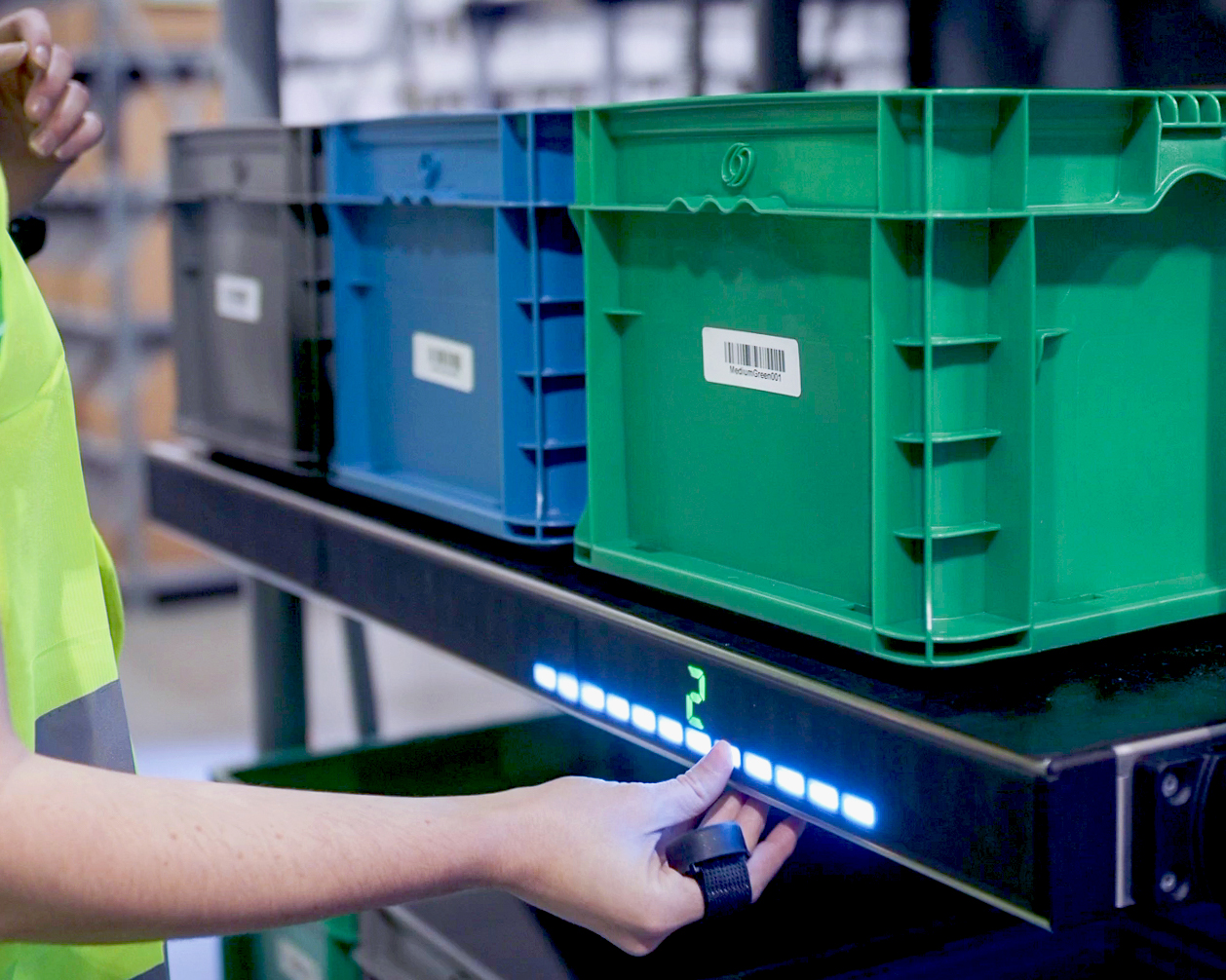
Some AMR systems are equipped with visual picking aids, like put-to-light systems, which help guide workers to the correct item and bin, significantly reducing errors. These technologies are particularly effective in complex environments where SKUs are numerous and accuracy is paramount.
Another key advantage is Meet Me® automation, where AMRs dynamically rendezvous with human pickers at optimal points in the workflow. This transforms unproductive walking time into active working time. Tasks are completed faster without increasing picker workload or fatigue.
Supporting Picker Well-Being and Accuracy
Beyond productivity gains, automation also plays a critical role in improving the well-being and accuracy of human pickers. By removing the need to push or pull heavy carts and walk long distances, person-to-goods AMRs significantly reduce physical fatigue, a major factor that contributes to errors later in shifts.
These systems also allow workers to stay within designated picking zones, helping them become more familiar with their surroundings and the specific SKUs in that area. This increased area familiarity leads to greater speed and precision, reinforcing both individual performance and overall fulfillment accuracy.
Flexibility That Fits the Job
Where many autonomous systems struggle to accommodate the unique challenges of healthcare logistics, like large, bulky, or heavier items, some modern AMR systems offer a better solution. With configurable shelving and higher payload capacities, these systems are designed to handle the diverse inventory found in medical facilities. This adaptability makes it possible to process a broader range of items with the speed and accuracy that patient care demands.
A Smarter Solution for Healthcare Fulfillment
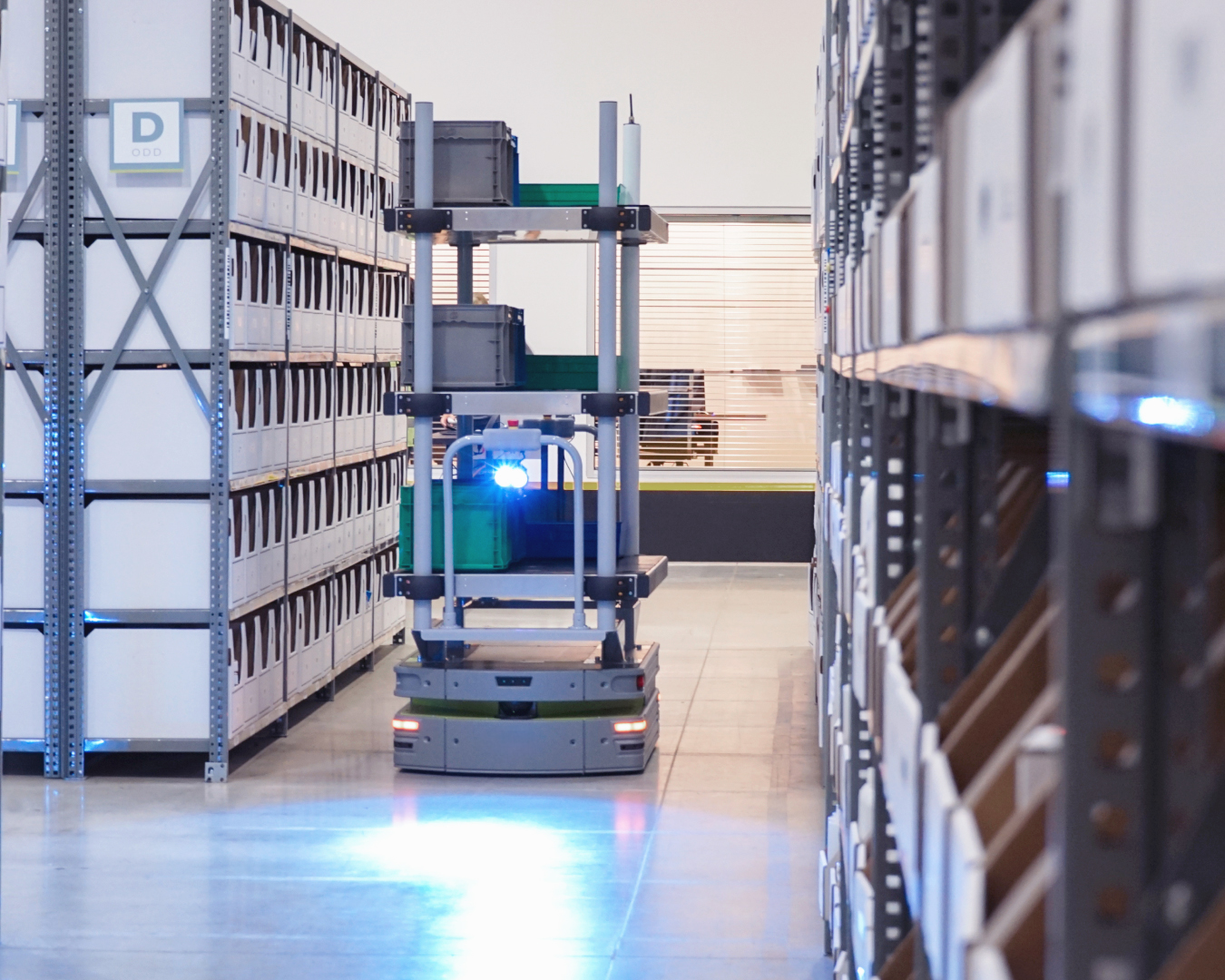
Designed for real-world complexity, Meet Me automation keeps human workers focused on productive tasks rather than walking from zone to zone. Add in real-time performance insights, and Pyxis intelligence becomes a powerful tool for delivering essential products with speed, accuracy, and confidence.
The physical superiority of Lumabot® includes a 460-pound payload capacity and flexible shelf configurations to handle everything from small consumables to bulky medical devices. Its built-in put-to-light system reduces errors at the point of pick by highlighting the proper shelf and container for each order.
In industries where every second and every shipment matters, solutions like Lumabot offer a path to greater efficiency without compromise. For healthcare and medical device organizations looking to improve fulfillment without shutting down or starting over, collaborative AMRs offer a future-ready approach to today’s most urgent operational challenges.
